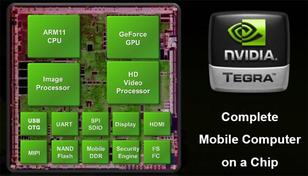7 Types of Exceptions in ARM Architecture
Advertisement
In ARM architecture, exceptions are events that disrupt the normal flow of program execution, typically to handle events such as interrupts, errors, or faults. Here are 7 types of exceptions commonly used in ARM processors:
1. Reset
The Reset exception occurs when the processor is powered on or reset. It initializes the processor’s state, including setting the program counter to the reset vector address and configuring the initial stack pointer. This is the very first thing that happens when your ARM device starts up.
2. Undefined Instruction
This exception occurs when the processor encounters an instruction that it does not recognize or is not supported. It typically indicates a programming error or an attempt to execute code that is not valid for the processor’s architecture. Think of it like trying to read a language the CPU simply doesn’t understand.
3. Software Interrupt (SWI)
SWI instructions are used to generate software interrupts, also known as system calls. They allow the processor to transition to a privileged mode to execute a specific software routine, often used for making operating system calls or invoking privileged operations. This is how user-level code requests services from the kernel.
4. Prefetch Abort
Prefetch Abort exceptions occur when the processor encounters an error while fetching an instruction from memory. This can happen due to reasons such as attempting to execute code from a region of memory that is not executable or accessing memory that is not accessible. Basically, the CPU tried to load the next instruction, but something went wrong.
5. Data Abort
Data Abort exceptions occur when the processor encounters an error while accessing data memory. This can happen due to reasons such as attempting to read or write from a region of memory that is not accessible or attempting an unaligned memory access. This means the CPU tried to read or write data, but the memory access failed.
6. IRQ (Interrupt Request)
IRQ exceptions occur in response to external interrupt requests from peripheral devices. When an interrupt is triggered, the processor suspends the current execution and transfers control to the corresponding interrupt service routine (ISR) to handle the interrupt. This is how things like keyboard presses or network packets get the CPU’s attention.
7. FIQ (Fast Interrupt Request)
FIQ exceptions are similar to IRQ exceptions but are designed for handling high-priority interrupts that require fast response times. FIQs have a separate set of registers, allowing the processor to switch to a different execution context quickly when servicing FIQ interrupts. They are reserved for the most critical, time-sensitive tasks.
These seven types of exceptions cover various scenarios where the processor may need to handle interruptions or errors during program execution in ARM architecture-based systems. They ensure that the system can gracefully recover from errors and respond to external events in a timely manner.
Advertisement
 RF
RF



